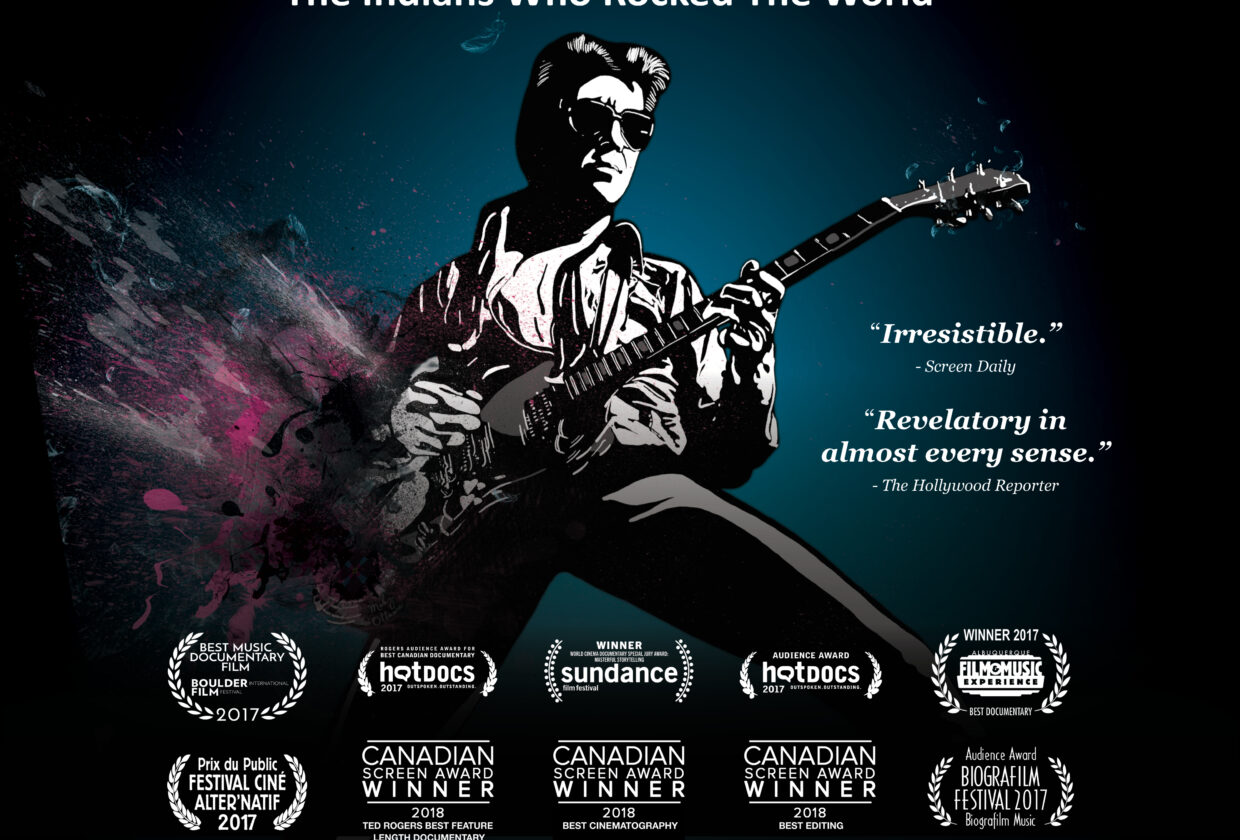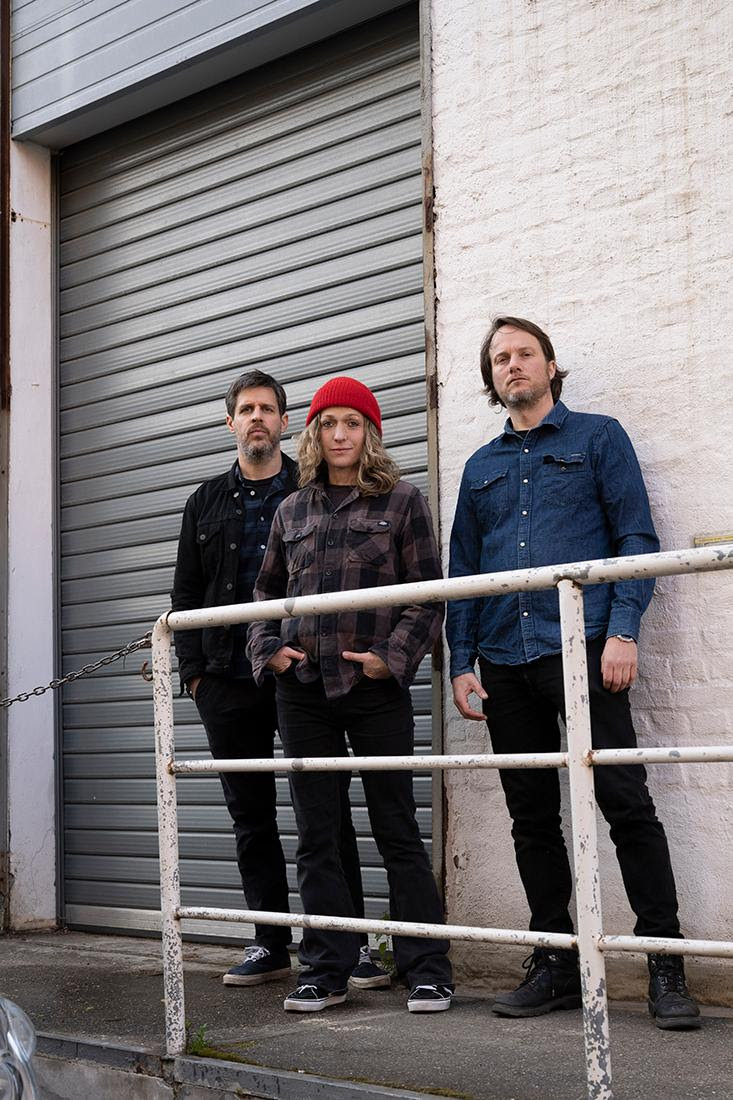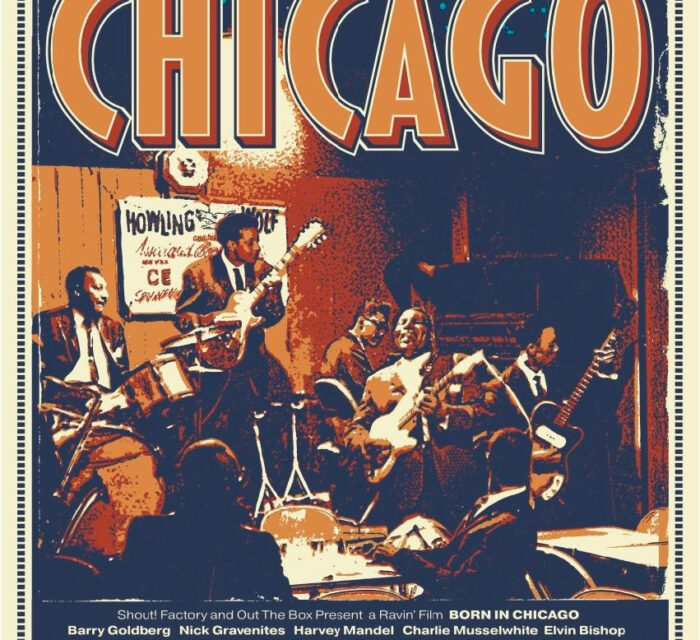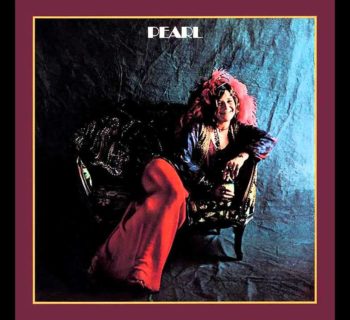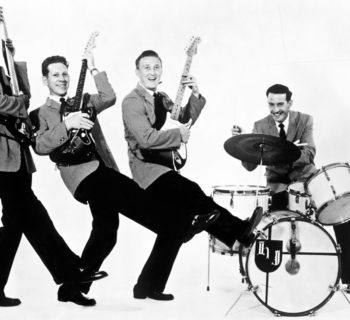Link Wray was made a posthumous inductee into the Rock and Roll Hall of Fame Class of 2023, in the "Musical Influence" category.
Perhaps it's now time to re-visit Rumble: The Indians Who Rocked the World. The 2017 dazzling feature documentary from Montreal, Canada-based Rezolution pictures about the role of Native Americans in popular music history.
The film’s title comes from the 1958 hit instrumental single “Rumble” by Link Ray & His Ray Men issued on Archie Blyer’s Cadence label.
Wray, born to Shawnee parents in North Carolina, was a major guitar influence on Jeff Beck, Pete Townshend, Jimmy Page, and many others.
In the documentary It Might Get Loud, Page describes hearing “Rumble” as a turning point in his own love of the guitar.
“‘Rumble’ had the power to push me over the edge, and it did help me say: 'Fuck it, I'm gonna be a musician,” stressed Iggy Pop. “That was the rawest form of the kind of guitar that all of the guys that I listened to, that’s where it started,” confessed Slash of Guns ‘N Roses, while Steven Van Zandt of Bruce Springsteen & the E Street Band recollected, “Here comes Link Wray with the theme song of juvenile delinquency…. I’m not surprised it was banned.”
Further testimony is supplied by the MC5’s Wayne Kramer, “He was one of the first that really had a tone that pointed the way to the future.”
“There might not be a Who, were there no Link Wray; there might not be a Jeff Beck Group, were there no Link Wray; there might not be a Led Zeppelin, if there were no Link Wray,” summarized Taylor Hawkins of the Foo Fighters.
In Rumble, director and Rezolution co-founder Catherine Bainbridge and co-director and director of photography Alfonso Maiorama examine the journey of Native Americans on record and stage. They expose a critical and profound missing chapter, revealing how indigenous musicians helped influence audio culture.
The on-screen participating contributors in Rumble are a list of music artists, historians, family members, and experts who acknowledge Native musicians that helped shape the soundtracks of their lives: Buffy Sainte-Marie, Robbie Robertson, Martin Scorsese, Tony Bennett, Steven Tyler, Iggy Pop, Buddy Guy, Taj Mahal, Cyril Neville, Ivan Neville, John Trudell, Steven Van Zandt, Corey Harris, Jesse Ed Davis, Alvin Youngblood Hart, David Fricke, Guy Davis, Monk Boudreaux, Quincy Jones, Jackson Browne, Martha Redbone, James “Hutch” Hutchinson, Joy Harjo, as well as Pat Vegas (Redbone), Wayne Kramer (MC5), Slash (Guns ‘N’ Roses), Dan Auerbach (The Black Keys), Marky Ramone (The Ramones), Taylor Hawkins (Foo Fighters), Pura Fe Crescioni (Ulali), Rhiannon Giddens (Carolina Chocolate Drops), Mike Inez (Alice in Chains), George Clinton, Robert Trujillo (Metallica), and Taboo (Black Eyed Peas).
Christina Fon, Stevie Salas and Catherine Bainbridge served as producers. Bainbridge and Neil Diamond previously helmed Reel Injun about the representations of Native Americans in Hollywood movies.
Rumble earned a Sundance special jury award for “masterful storytelling,” and the film also received best music documentary at the Boulder International Film Festival. The movie just had its U.S. theatrical premiere in late July at Film Forum in New York.
“Rumble” has since been heard in Quentin Tarentino’s Pulp Fiction and in the surf documentary Riding Giants, directed by Stacy Peralta. It’s also been used in the HBO television show The Sopranos and additional movies, including Independence Day and Blow.
“In Rumble, for the first time a film reveals a fascinating, and until now unknown, influence on the formation of rock and roll,” explained Bainbridge and Maiorama in their Director’s statement press notes.
“The music that has become a part of who we are. We are so honoured to be able to tell this story about the influence of iconic Native American musicians speak about how these icons were an influence, you listen! Native American music – born of this land – was violently suppressed for many years as both American and Canadian governments outlawed Native ceremonies and rituals in a deliberate attempt to break the people.
“As a result, the music was forced underground and found its expression in alternative ways. It is important to note that the primary drivers in the creation of blues and jazz and therefore rock were African Americans, but Native Americans, like Europeans , also played a part.
“We feel that it is important for everyone, and especially Native youth who have so few pop culture role models, to have proof, through the icons we feature and the famous people that give our story credibility, that Indigenous cultures were an integral part of the evolution of popular music. The truth that we want to expose in Rumble is that the attempted erasure of Native American people, their culture, and their music, didn’t work. As Robbie Robertson said in one of our interviews with him ‘you wouldn't let me talk about it before, well now I'm going to talk real loud.’”
“One can’t help but notice the rhythms of—or the pulse that was here, that is here; been here. The feel of Native American is in a lot of rock 'n' roll,” suggested George Clinton. “It’s interesting how much the Native American element just filters through,” offered Martin Scorsese, while Joy Harjo, a Muscogee-Creek musician and poet added, “Our peoples were part of the origin story of blues and jazz and rock of American music but we’re left out of the story consistently from the beginning.”
During Rumble, half-Jewish, half-Mohawk, Robbie Robertson, co-founder of the Band, reflected in an interview, “My real guitar lessons were at the Six Nations Indian Reserve in Ontario. All my cousins, uncles – everybody -- seemed like they could play an instrument. If you considered yourself a real rock ’n’ roll guitar player, you had to learn ‘Rumble.’ It was raw and dirty, and had that rebellious spirit to it.”
The influence of the Native American has never been lost on musician/actor/producer, Steven Van Zandt, whose production company is named Renegade Nation.
Van Zandt further cited the impact of Robertson and the Band, whose commercially successful roots-music groundbreaking sound emerged in 1968 after a 1966 world tour backing Bob Dylan and 1967 Basement Tapes recording sessions with Dylan.
“The entire industry got right back to song writing, and Robbie Robertson, one of the great song writers of all time, had effectuated that change by his own sensibility, and the Band's sensibility.”
Portions of this text were published in my 2020 book, Docs That Rock, Music That Matters.
(Harvey Kubernik is the author of 20 books, including 2009’s Canyon Of Dreams: The Magic And The Music Of Laurel Canyon and 2014’s Turn Up The Radio! Rock, Pop and Roll In Los Angeles 1956-1972. Sterling/Barnes and Noble in 2018 published Harvey and Kenneth Kubernik’s The Story Of The Band: From Big Pink To The Last Waltz. In2021 they wrote Jimi Hendrix: Voodoo Child for Sterling/Barnes and Noble. Otherworld Cottage Industries in 2020 published Harvey’s Docs That Rock, Music That Matters.
Kubernik’s writings are in several book anthologies. Most notably, The Rolling Stone Book Of The Beats and Drinking With Bukowski. Harvey wrote the liner notes to the CD re-releases of Carole King’s Tapestry, The Essential Carole King, Allen Ginsberg’s Kaddish, Elvis Presley The ’68 Comeback Special, The Ramones’ End of the Century and Big Brother & the Holding Company Captured Live at The Monterey International Pop Festival.
During 2006 Harvey spoke at the special hearings initiated by The Library of Congress held in Hollywood, California, discussing archiving practices and audiotape preservation.
In 2017 Harvey Kubernik appeared at the Rock and Roll Hall of Fame in Cleveland, Ohio, as part of their Distinguished Speakers Series.

